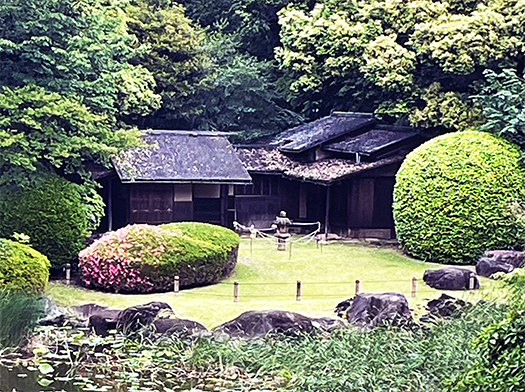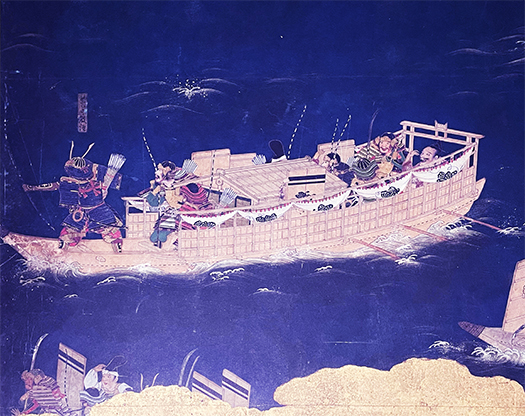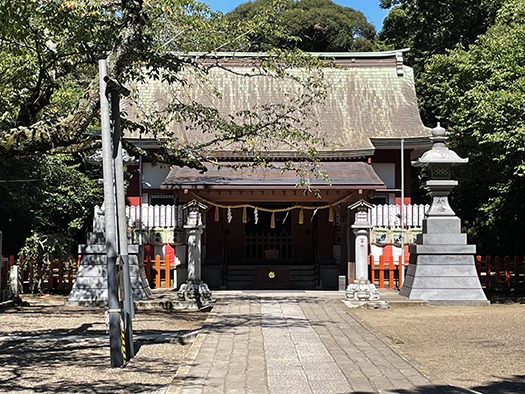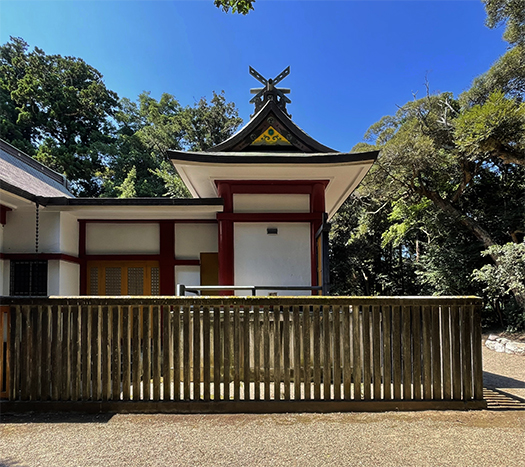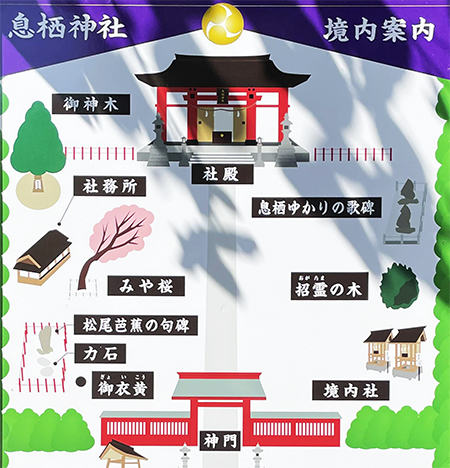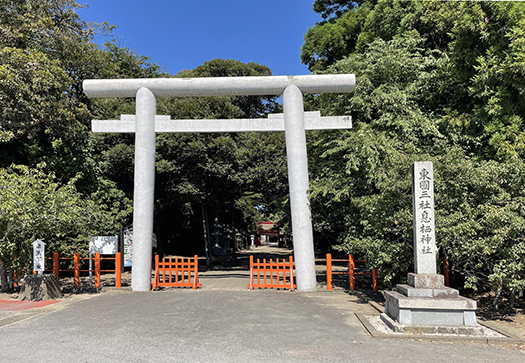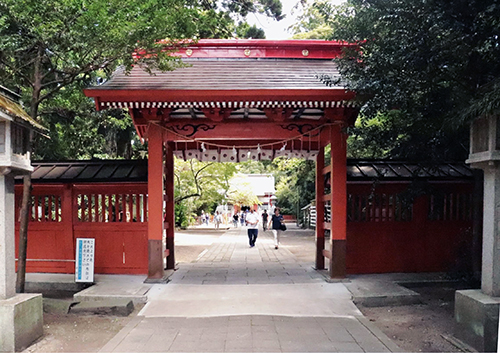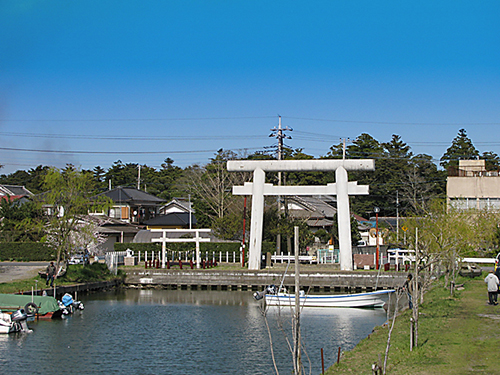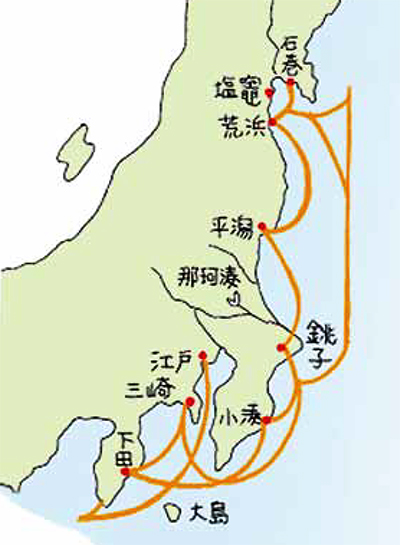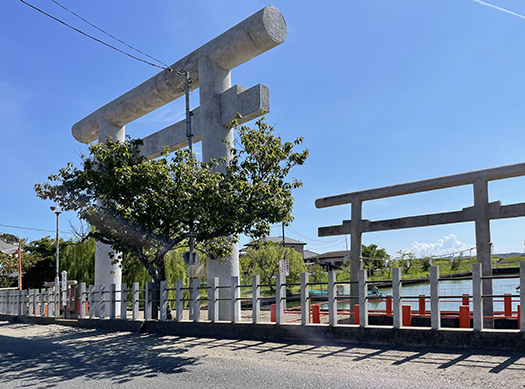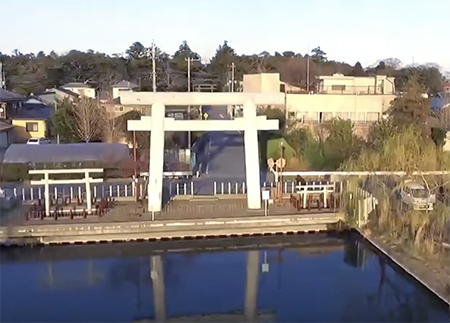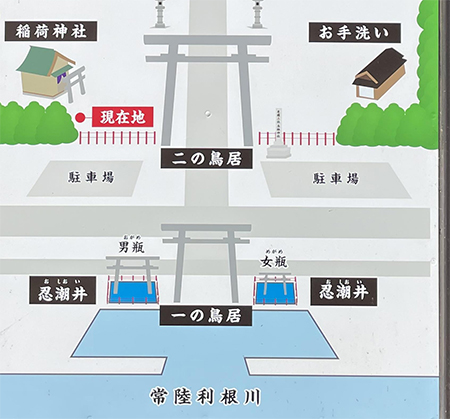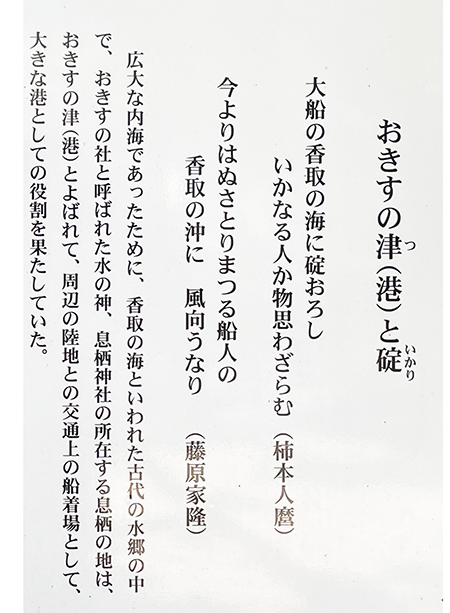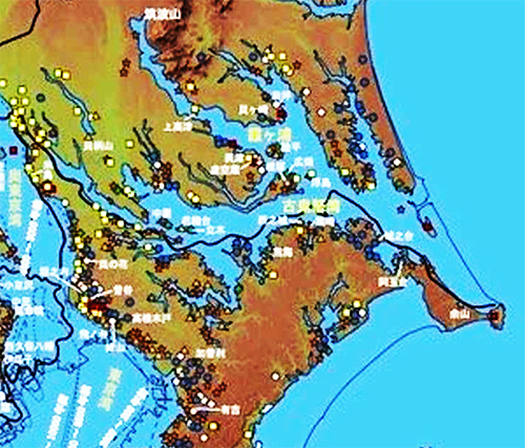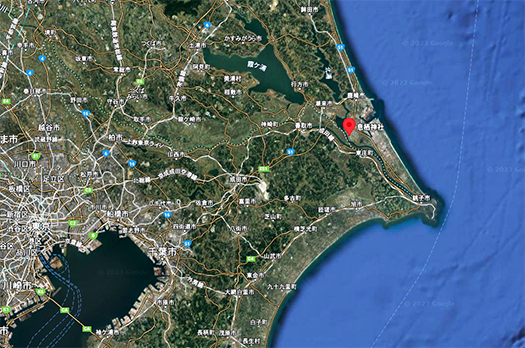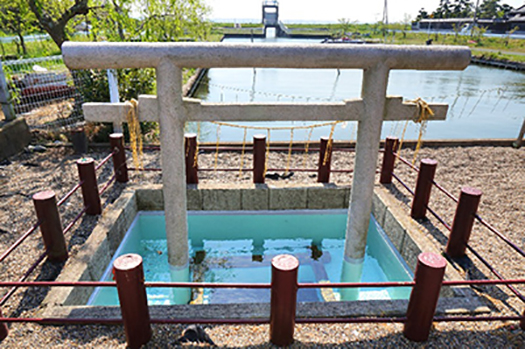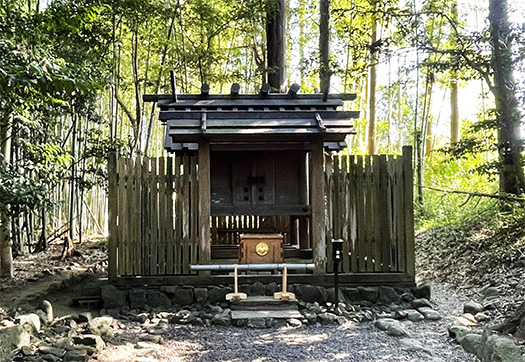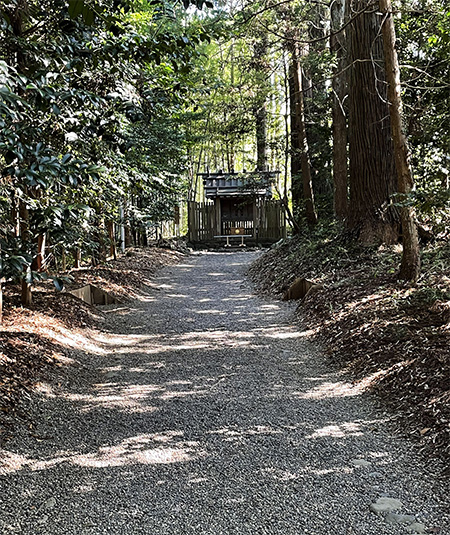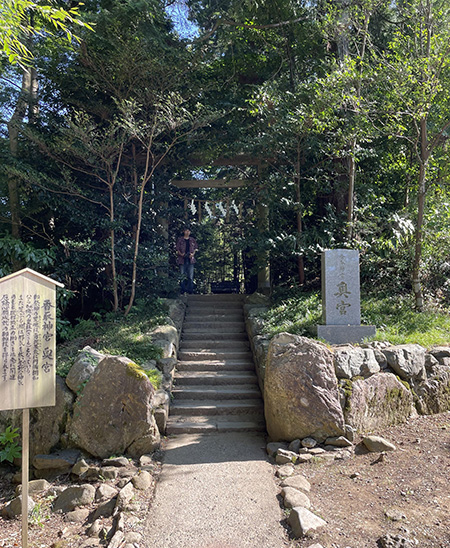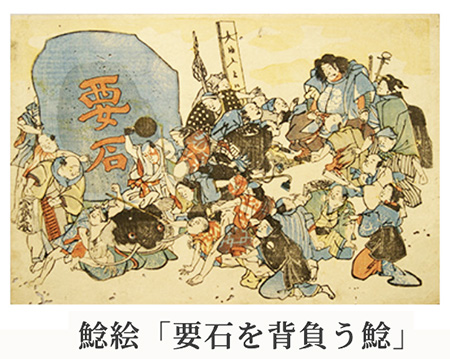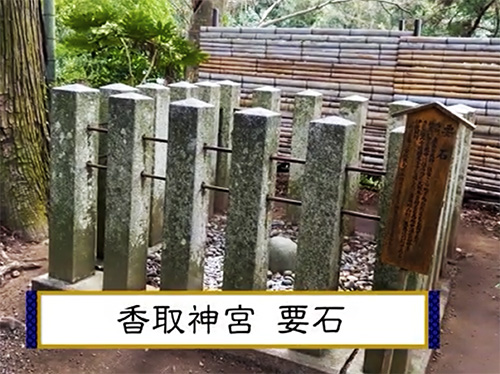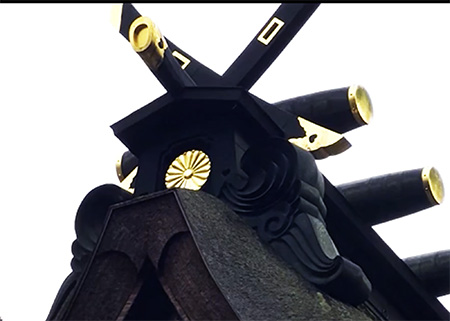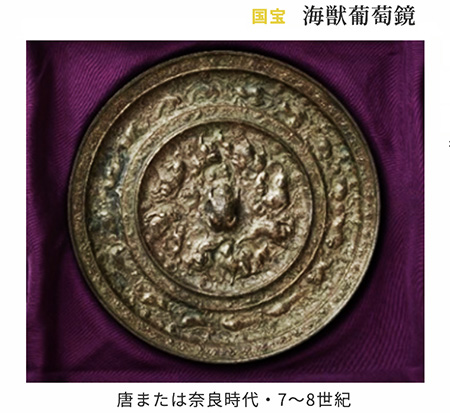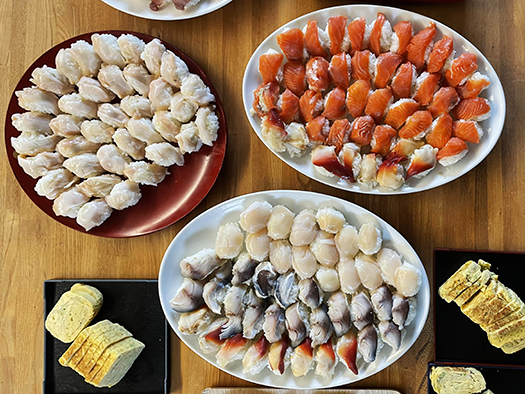
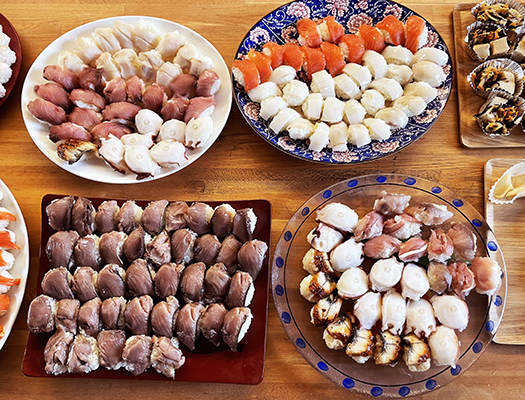
さて昨日は既報の通りの社内スタッフへの慰労・握り寿司パーティ。社長食堂シリーズでした。
いったい何カン分のネタ食材か、まったく推定把握していなくて、まずは下処理してネタ化させておいて、あとは握りながら、シャリを炊き込みながら様子を見ながら、と考えていた。
家族内での握り寿司は続けていたけれど、スタッフ(きのう参集は15人)向けはしばらくぶりと言うこともあったので、どうも人数による作業量の勘が全然機能しないのです。
一応、朝の6時過ぎくらいから握り始めて80カンほど握った段階で「ピンポーン」。時間を間違えたスタッフが出社してきてしまった。ちょうどカミさんも手が外せなかったので半ズボン、Tシャツで応対し、社内案内などをやらざるを得ず、想定時間に30分以上のロス発生。
気を取り直して握り始めたけれど、朝礼時間が迫ってきたので一応の身だしなみを整えて対応。これで前後1時間ほどの時間ロス。
結局、それが終わって再度寿司を握り始めようとしたら、今度は想定外の来客があって、通常の対応をせざるを得ず、ここでも時間ロス1時間。
という結果、6時スタートとは言え時間期限の昼食時12時過ぎまででその他の必要時間も合わせると、確保できた握り作業時間合計は、たぶん2時間半を切っていたようです。
で、その昼食時間にそろえられた総数は写真のような個数。おおむね230カンでした。
わたしの握り寿司の作業効率は、1時間で大体100カンというように計算できる。
昼食のスタート時にはふたたび挨拶などを行って提供開始いたしました。参集したスタッフ総数は15名だったので、ひとりあたり10カン超にはなっていたので、とりあえずはまぁいいかと。
しかしせっかくのネタ食材はまだ半分程度残りと目分量されたので、追加握り作業に12:30ころから再度没入。握った先からカミさんがどんどん給仕していくので、カン数はまったくカウントできない。
「変わりネタのウナギ蒲焼き、大好評だわ(笑)」というカミさんの声までは覚えているけれど(笑)、とにかく目先のネタを握ることに精神集中。ひたすら三昧であります。
考えて見ると、わたしはこの「三昧」感がきっと数寄なんだろうと思います。
で、この間で炊き上げたシャリ、お米は総量で2升以上になっていました。シャリの焚き上げ、寿司飯化にも一定の作業時間は掛かる。それも必要時間に入ってきますね。その作業も5合炊き炊飯器なので合計4回やっていたことになる。
そういうことで最後、シャリ炊き込みを打ち止め、残ったネタは漬けにしてまた後日、家族でたのしく丼にして楽しむことにして、握り作業が終わったのがおおむね14:00。さすがに疲労感MAX状態。
途中でカン数把握ができなくなってしまったのですが、推定ではたぶん350カン超だっただろうと思います。終わったあと、スタッフからはうれしそうな表情で声かけしてもらったので、まぁそこそこ満足はしてもらえたのかなぁと。
本日、爆睡あけで体力もやや回復して、反省も含め備忘的に記しておきます。
English version⬇
Sushi party, just keep nigirizushi and it will never end (cry)
Today, I would like to write a memorandum of yesterday’s sushi making process. Personally, I feel that this kind of immersion and samadhi state is my “zan-mai”. …….
Well, yesterday was the consolation and nigirizushi party for the in-house staff as previously reported. It was the President’s Cafeteria series.
I had no idea how many pieces of ingredients I would need to prepare for the party, so I thought I would start by prepping the ingredients, and then watch how they turned out as I made the nigirizushi and cooked the rice.
I had been making nigirizushi for my family, but it had been a while since I had made nigirizushi for my staff (15 people gathered yesterday), so my intuition about the amount of work to be done by the number of people did not seem to be functioning at all.
I started making sushi around 6:00 a.m., and when I had made about 80 pieces, I got a “ping-pong” call. The staff came to work at the wrong time. My wife was also unable to remove her hand, so she had to answer the call in short pants and a T-shirt and give a tour of the company, losing more than 30 minutes in the expected time.
I got myself together and started to work, but the time for the morning meeting was approaching, so I had to put on my best appearance and responded to the call. This cost me about an hour before and after the meeting.
When I was about to start making sushi again, I had to deal with an unexpected visitor, which also cost me an hour.
As a result, even though we started at 6:00 a.m., we had to wait until after 12:00 p.m. for lunch, which was the time limit, and when other necessary time was included, the total time we could secure for nigiri work was probably less than 2.5 hours.
The total number of pieces we were able to prepare in that lunch hour was as shown in the photo. The total number of pieces we were able to make during that lunch hour was about 230 pieces.
My efficiency in nigirizushi work can be calculated to be about 100 pieces per hour.
At the start of lunch, we greeted the guests again and started serving. Since there were 15 staff members in attendance, each person was able to serve more than 10 pieces of sushi, which was okay for the time being.
However, we were told that there was still about half of the ingredients left, so we started nigiri work again around 12:30. I was not able to count the number of pieces because Kami was serving more and more pieces from where I was nigiriing.
I even remember Kami’s voice saying, “The new item, broiled eel, is very popular. I was just concentrating on the task at hand at hand.
When I think about it, this “samadhi” feeling is probably what makes me “zan-mai”.
The total amount of rice and rice cooked during this time was more than 2 sho. It takes a certain amount of time to fire up the rice and turn it into sushi rice. That also comes into the required time. That work was also done four times in total, since the rice cooker was a 5-cup cooker.
I decided to stop cooking the rice and marinate the remaining ingredients and enjoy them as a bowl of rice with my family at a later date.
I lost track of the number of pieces during the process, but I estimate that it was probably over 350 pieces. After the work was over, the staff looked very happy to see me, so I guess they were satisfied with my work.
Today, after a good night’s sleep, my strength has recovered somewhat, and I would like to write this as a reminder, including some reflections.
Posted on 9月 2nd, 2023 by 三木 奎吾
Filed under: おとこの料理&食 | No Comments »




